Grow Figs Indoors? Absolutely! Imagine plucking sweet, juicy figs right from your own indoor garden, even when the snow is falling outside. It sounds like a dream, right? Well, it’s a dream that can become a reality with a few clever tricks and a little bit of know-how. For centuries, figs have been cherished across cultures, from their prominent role in ancient Mediterranean diets to their symbolic representation of peace and prosperity. But traditionally, enjoying these delicious fruits meant having the right climate and outdoor space.
But what if you don’t live in a warm climate? Or perhaps you simply prefer the convenience of having fresh figs readily available indoors? That’s where these DIY hacks come in! I’m going to share some simple, yet effective, methods to successfully grow figs indoors, regardless of your experience level. We’ll cover everything from choosing the right variety and pot size to providing the perfect light and watering conditions. Say goodbye to expensive grocery store figs and hello to a thriving indoor fig tree that will bring a touch of the Mediterranean to your home. Let’s get started!
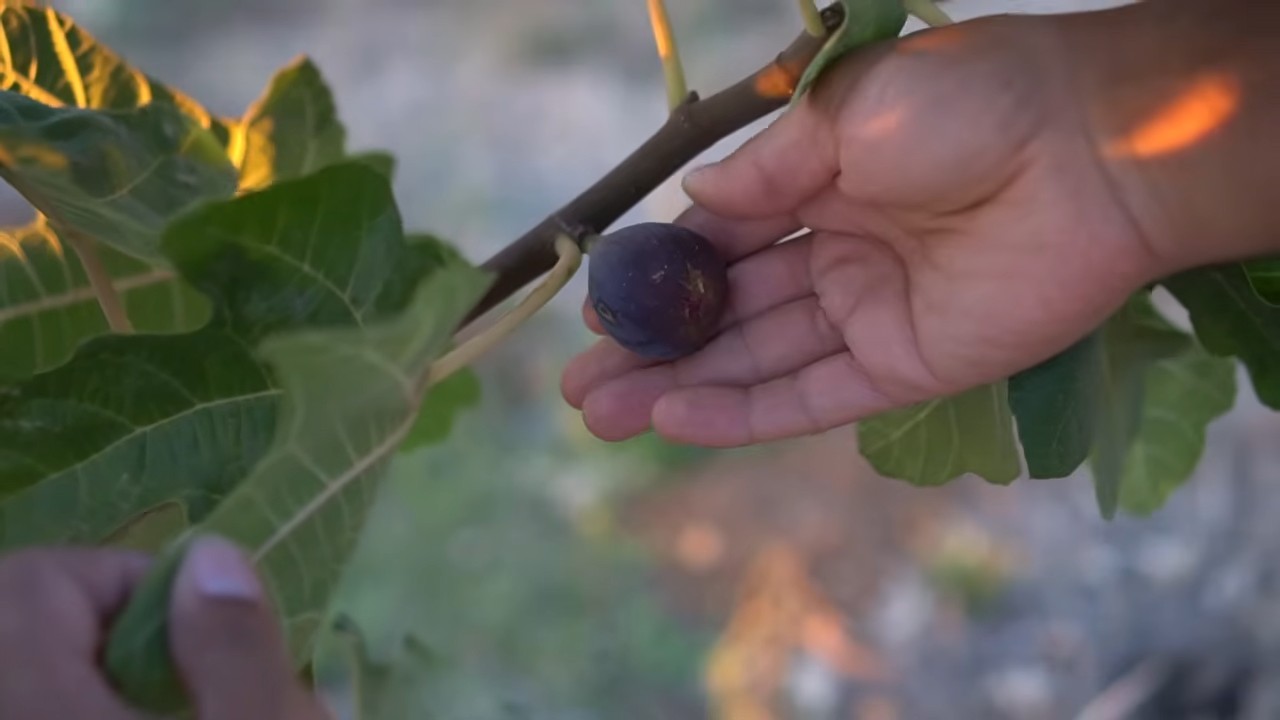
Growing Figs Indoors: Your DIY Guide for a Sweet Harvest
Hey fig lovers! Do you also dream of juicy, sun-ripened figs but don’t have a garden or live in an area with a short summer? Don’t worry, I’ll show you how to successfully grow figs within your own four walls! It’s easier than you think, and with a little patience and the right tricks, you can soon be harvesting your own delicious figs.
What You Need to Get Started
Before we begin, let’s make sure you have everything you need. Here is a list of the most important items:
- Fig tree sapling: Choose a self-pollinating variety that is suitable for growing in pots. Popular options include ‘Brown Turkey’, ‘Chicago Hardy’, or ‘Little Miss Figgy’. These varieties are relatively easy to care for and produce fruit well indoors.
- Large pot: A pot with a capacity of at least 45 liters (about 12 gallons) is ideal. Make sure it has drainage holes so excess water can run off.
- High-quality potting soil: Use a well-draining potting mix that is rich in organic matter. A mixture of potting soil, compost, and perlite is perfect.
- Plant saucer: To catch excess water and protect your floors.
- Liquid fertilizer: A balanced liquid fertilizer (e.g., 20-20-20) is important to supply your fig with the necessary nutrients.
- Pruning shears: For pruning and shaping your fig tree.
- Spray bottle: To mist the leaves with water and increase humidity.
- Grow light (optional): If your location doesn’t provide enough sunlight, a grow light can help.
- Lime (optional): To regulate the soil’s pH value if necessary.
Choosing the Right Variety
Choosing the right fig variety is crucial for the success of your indoor fig project. As mentioned, self-pollinating varieties like ‘Brown Turkey’, ‘Chicago Hardy’, and ‘Little Miss Figgy’ are ideal. These varieties do not require pollination by other fig trees to bear fruit.
- ‘Brown Turkey’: A robust and popular variety that is relatively easy to grow and produces sweet, brown figs.
- ‘Chicago Hardy’: A very cold-hardy variety that also thrives in colder climates and bears dark, purple figs.
- ‘Little Miss Figgy’: A compact variety that is ideal for smaller spaces and produces small, brown figs.
Step-by-Step Guide: Planting Your Fig Tree
Now let’s get down to business! Here is a detailed guide on how to plant your fig tree correctly:
- Prepare the pot: Place a layer of clay shards or gravel at the bottom of the pot to improve drainage. This prevents waterlogging, which can be harmful to fig trees.
- Fill with soil: Fill the pot with the prepared potting soil, leaving about 5 cm (2 inches) of space at the top.
- Place the fig tree: Carefully remove the fig tree from its original pot. Loosen the roots a bit if they are heavily root-bound. Place the tree in the center of the new pot.
- Fill with more soil: Fill the rest of the pot with soil until the roots are completely covered. Press the soil down lightly.
- Water: Water the fig tree thoroughly until water runs out of the drainage holes. This helps the soil settle and moistens the roots.
The Right Location for Your Fig Tree
The location is crucial for the growth and fruiting of your fig tree. Here are some important points to consider:
- Sunlight: Fig trees love sunlight! Place your tree in a location where it gets at least 6-8 hours of direct sunlight per day. A south-facing window is ideal.
- Rotate: Rotate the pot regularly so that all sides of the tree receive even sunlight. This prevents the tree from leaning to one side.
- Temperature: Fig trees prefer temperatures between 18°C and 27°C (65°F and 81°F). Avoid extreme temperature fluctuations and drafts.
- Humidity: Fig trees like high humidity. Spray the leaves regularly with water or place the pot on a saucer with pebbles and water.
Watering and Fertilizing
Proper watering and fertilizing are crucial for the health and productivity of your fig tree.
- Watering: Water your fig tree when the top layer of soil is dry. Avoid waterlogging, as this can lead to root rot. The tree needs less water in the winter.
- Fertilizing: Fertilize your fig tree every two weeks during the growing season (spring and summer) with a balanced liquid fertilizer. Reduce fertilization in the fall and winter.
Pruning and Shaping
Pruning is important to maintain the shape of the tree and encourage fruit production.
- When to prune: Prune your fig tree in late winter or early spring before new growth begins.
- How to prune: Remove dead, damaged, or diseased branches. Also, cut branches that cross or grow inward. Shorten long branches to maintain the tree’s shape.
- Shaping: You can prune your fig tree into a specific shape, such as a bush or an espalier.
Overwintering
Although fig trees are relatively hardy, they need a dormant period in winter to bear fruit again the following year.
- Temperature: Place your fig tree in a cool, but frost-free location, such as a basement or garage. The ideal temperature is between 4°C and 10°C (39°F and 50°F).
- Watering: Reduce watering in the winter. Water the tree only when the soil is completely dry.
- Light: The tree does not need much light in winter.
- Leaf drop: It is normal for the fig tree to lose its leaves in winter. Don’t worry, it will sprout again in the spring.
Pests and Diseases
Like all plants, fig trees can also be affected by pests and diseases. Here are some common problems and how you can combat them:
- Spider mites: Small, spider-like pests that settle on the underside of leaves. Spray the leaves regularly with water or use an insecticide based on neem oil.
- Mealybugs: White, cotton-like pests that gather in the leaf axils and on stems. Remove the mealybugs with a cotton swab dipped in alcohol, or use an insecticide based on neem oil.
- Root rot: A fungal disease caused by waterlogging. Ensure good drainage and avoid overwatering.
- Rust: A fungal disease that appears as orange spots on the leaves. Remove affected leaves and use a fungicide.
Harvest Time!
After all the effort, the time has finally come: harvest time!
Recognizing ripeness: Figs are ripe when they are soft and fall easily from the tree. The color of the figs depends on the variety.
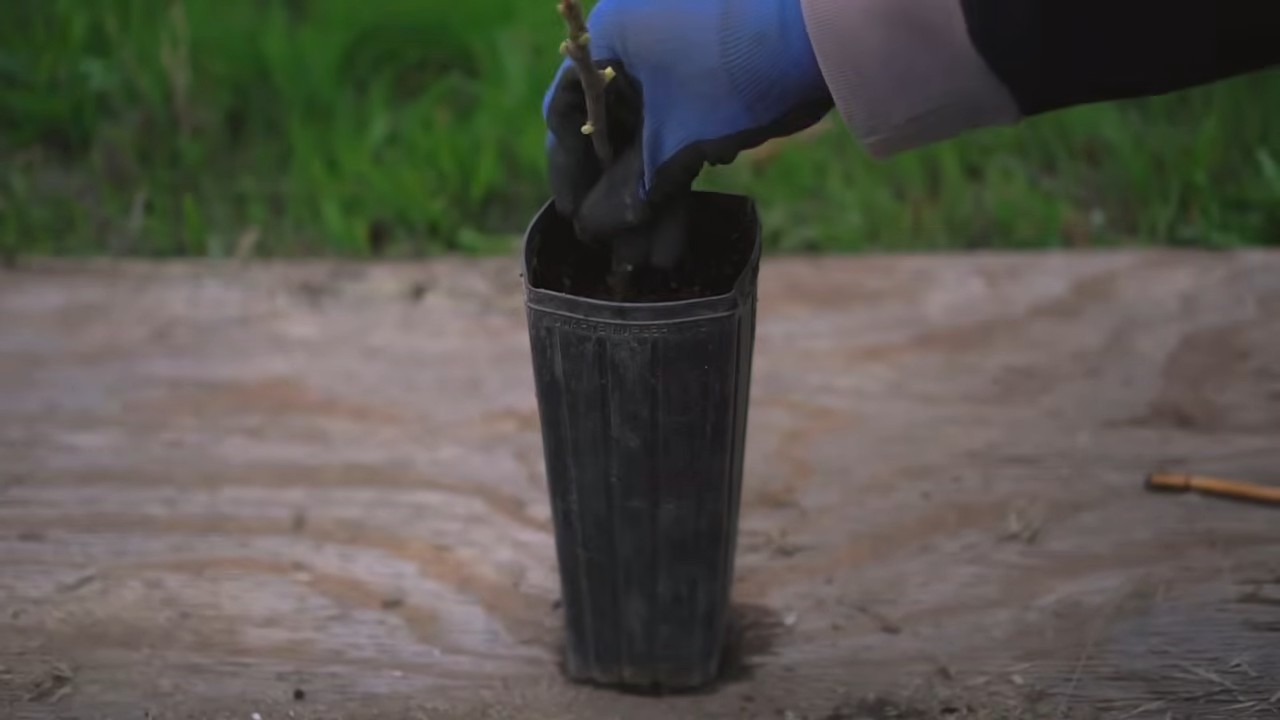
Conclusion
So, there you have it! Growing figs indoors might seem like a challenge reserved for seasoned gardeners, but with a little know-how and the right approach, you can absolutely enjoy the sweet, delicious rewards of your own homegrown figs, even without a sprawling outdoor orchard. This DIY trick, focusing on creating the ideal environment and providing consistent care, is a game-changer for fig lovers living in colder climates or those with limited outdoor space.
Why is this a must-try? Because it puts you in control. You’re not relying on unpredictable weather patterns or battling pests that thrive outdoors. You’re creating a miniature fig paradise within your own home, tailored to the specific needs of your fig tree. Imagine plucking ripe, juicy figs straight from your indoor tree, knowing you nurtured them from tiny saplings to fruit-bearing beauties. The satisfaction is unparalleled!
But the beauty of this DIY project lies in its adaptability. Feel free to experiment with different fig varieties known for their suitability for container growing, such as ‘Brown Turkey,’ ‘Black Mission,’ or ‘Celeste.’ Each variety offers a unique flavor profile and growth habit, allowing you to customize your indoor fig experience. Consider using different types of potting mixes to find what works best for your tree and your growing conditions. Some gardeners swear by a mix of well-draining potting soil, perlite, and compost, while others prefer a soilless mix. Don’t be afraid to adjust the watering schedule based on your home’s humidity levels and the tree’s specific needs.
Another variation to consider is the use of grow lights. While a sunny south-facing window is ideal, supplemental grow lights can provide the extra boost your fig tree needs, especially during the darker winter months. Experiment with different light spectrums and intensities to find what promotes the healthiest growth and fruit production. You can also explore different training techniques, such as pruning and shaping, to maintain the desired size and shape of your indoor fig tree. This not only keeps the tree manageable but also encourages fruit production.
Growing figs indoors is more than just a gardening project; it’s an investment in fresh, healthy food and a connection to nature within your own home. It’s a chance to learn, experiment, and enjoy the fruits (literally!) of your labor.
We wholeheartedly encourage you to give this DIY trick a try. Start small, be patient, and don’t be afraid to learn from your mistakes. The journey of growing your own figs indoors is a rewarding one, filled with challenges and triumphs. And most importantly, we want to hear about your experiences! Share your tips, tricks, and photos with us in the comments below. Let’s build a community of indoor fig growers and learn from each other’s successes and failures. What variety did you choose? What challenges did you face? What are your secrets to success? Your insights could help other aspiring indoor fig growers achieve their goals. So, get your hands dirty, embrace the challenge, and enjoy the delicious rewards of growing figs indoors!
Frequently Asked Questions (FAQ)
1. What are the best fig varieties to grow indoors?
While many fig varieties can be grown indoors, some are better suited for container growing than others. ‘Brown Turkey’ is a popular choice due to its relatively small size, cold hardiness, and reliable fruit production. ‘Black Mission’ is another excellent option, known for its sweet, rich flavor and compact growth habit. ‘Celeste’ is a good choice for beginners, as it’s relatively easy to care for and produces delicious, medium-sized figs. ‘Flanders’ is a dwarf variety specifically bred for container growing, making it an ideal choice for smaller spaces. When selecting a variety, consider your growing conditions, personal preferences, and the availability of the variety in your area. Research the specific needs of each variety to ensure you can provide the optimal environment for growth and fruit production.
2. How much sunlight does my indoor fig tree need?
Fig trees thrive in bright, sunny locations. Ideally, your indoor fig tree should receive at least 6-8 hours of direct sunlight per day. A south-facing window is usually the best option, as it provides the most sunlight throughout the day. If you don’t have a south-facing window, an east- or west-facing window can also work, but you may need to supplement with grow lights, especially during the winter months. If your fig tree isn’t getting enough sunlight, it may exhibit signs of stress, such as yellowing leaves, stunted growth, and reduced fruit production. Invest in a good quality grow light to provide the necessary light spectrum and intensity for healthy growth.
3. What type of potting mix should I use for my indoor fig tree?
The ideal potting mix for an indoor fig tree should be well-draining and nutrient-rich. A good option is a mix of equal parts potting soil, perlite, and compost. The potting soil provides a base for the mix, while the perlite improves drainage and aeration. The compost adds essential nutrients to the soil, promoting healthy growth. Avoid using heavy, clay-based soils, as they can retain too much moisture and lead to root rot. You can also use a soilless mix, which typically consists of peat moss, vermiculite, and perlite. Soilless mixes are lightweight and provide excellent drainage, but they may require more frequent fertilization.
4. How often should I water my indoor fig tree?
Watering frequency depends on several factors, including the size of the pot, the type of potting mix, the temperature, and the humidity levels in your home. As a general rule, water your fig tree when the top inch of soil feels dry to the touch. Water thoroughly until water drains out of the bottom of the pot. Avoid overwatering, as this can lead to root rot. During the winter months, when the tree is dormant, you can reduce watering frequency. Check the soil moisture regularly and adjust your watering schedule accordingly.
5. How do I fertilize my indoor fig tree?
Fig trees are heavy feeders and require regular fertilization to thrive. During the growing season (spring and summer), fertilize your fig tree every 2-4 weeks with a balanced fertilizer, such as a 10-10-10 or 20-20-20 formula. Follow the instructions on the fertilizer label for proper application rates. You can also use organic fertilizers, such as compost tea or fish emulsion. During the winter months, when the tree is dormant, reduce or eliminate fertilization.
6. How do I prune my indoor fig tree?
Pruning is essential for maintaining the shape and size of your indoor fig tree and promoting fruit production. Prune your fig tree in late winter or early spring, before new growth begins. Remove any dead, damaged, or crossing branches. You can also prune to shape the tree and encourage branching. Fig trees produce fruit on new growth, so avoid pruning too heavily, as this can reduce fruit production.
7. How do I deal with pests and diseases on my indoor fig tree?
Indoor fig trees are generally less susceptible to pests and diseases than outdoor trees, but they can still be affected. Common pests include spider mites, aphids, and scale. Inspect your tree regularly for signs of infestation. If you find pests, you can treat them with insecticidal soap or neem oil. Diseases, such as root rot and leaf spot, can also affect fig trees. Prevent these diseases by providing proper drainage, avoiding overwatering, and ensuring good air circulation.
8. How do I encourage my indoor fig tree to fruit?
Encouraging fruit production on an indoor fig tree requires providing the right conditions and care. Ensure your tree receives adequate sunlight, water, and fertilizer. Prune your tree regularly to promote new growth, which is where the fruit will develop. Some fig varieties require pollination to produce fruit. If your tree is not producing fruit, you may need to hand-pollinate the flowers using a small paintbrush. You can also try stressing the tree slightly by withholding water for a short period, which can sometimes trigger fruit production.
9. My fig tree is dropping its leaves. What’s wrong?
Leaf drop can be caused by several factors, including overwatering, underwatering, lack of sunlight, sudden temperature changes, or pest infestations. Assess your tree’s growing conditions and care routine to identify the cause of the leaf drop. Adjust your watering schedule, provide more sunlight, and protect your tree from extreme temperature fluctuations. If you suspect a pest infestation, treat your tree accordingly.
10. Can I move my indoor fig tree outdoors during the summer?
Yes, you can move your indoor fig tree outdoors during the summer months, but it’s important to acclimate the tree gradually to avoid shocking it. Start by placing the tree in a shady location for a few hours each day, gradually increasing the amount of sunlight it receives over a period of several weeks. Bring the tree back indoors before the first frost.

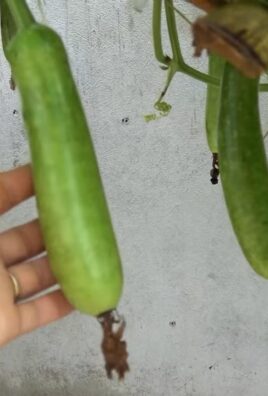
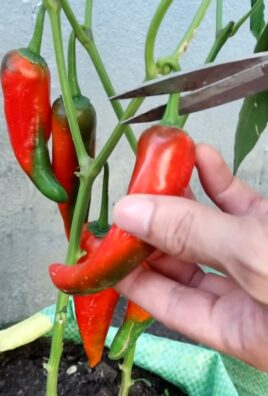
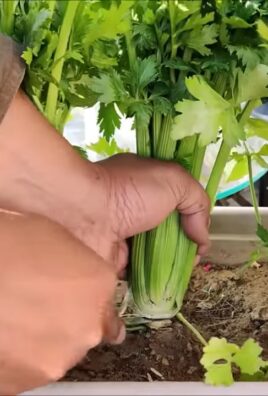
Leave a Comment